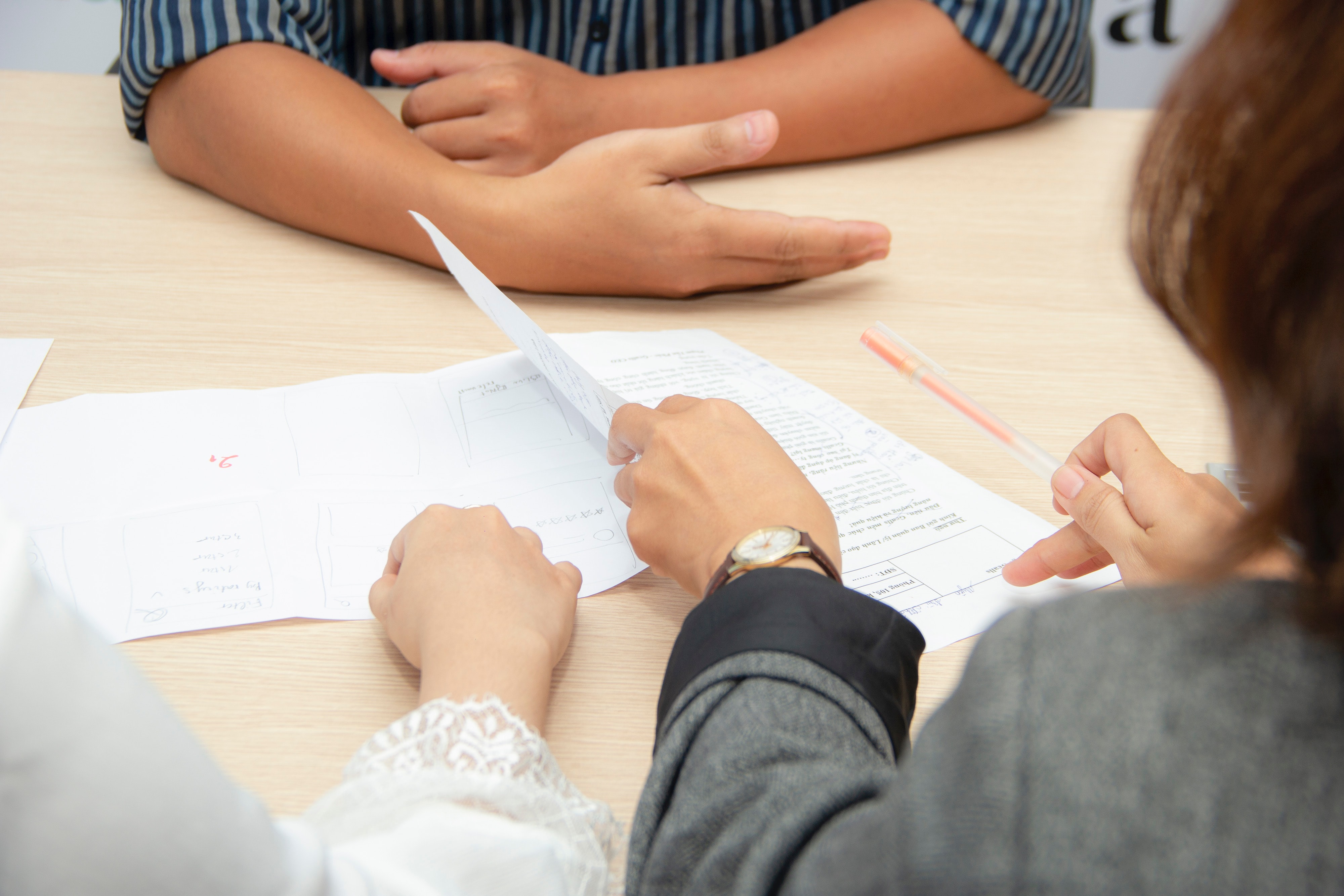Perfecting your Resume and Cover Letter

Getting a job will help to build your skills, confidence, and your financial situation. (Hint: Once you're logged in, you can also use YUP’s goal tool to set this goal for yourself!) But what are the steps to actually getting that first job? Well, even before you apply, it helps to have your cover letter and resume written. What are those documents, and why are they important?
Cover letters draw attention to your resume and demonstrate your interest in the company or position, and can help to fill in the gaps or experiences your resume can’t explain. Resumes, on the other hand, are an at-a-glance glimpse into your skills, work experience, and education. Not only are these documents first impressions for hiring managers, but they are also your way to peak their interest in hiring you. Being able to create clear, easy-to-read resumes are essential for putting your best foot forward with a potential employer. It may be important to tailor each resume you submit for every position you apply for, to fit each employer's needs (for example, adjust relevant keywords/ skills).
What goes into a cover letter?
1. Name, contact, and date
- Phone number, home address, email address
- Current date
2. Name of recipient and company
- Who the application is directed to
3. Greeting/ opening paragraph
- Address the name of the recipient or hiring manager (Dear, … or Hello, ..)
- Mention the job title you are applying for and where you seen the position posted
- Short summary of who you are
4. Meat/ body paragraph
- Brief overview of relevant background (key achievements and skills)
- Focus on 1-3 measurable impacts you made
- Review job description/requirements and highlight key words
5. Closing paragraph
- Emphasize your specific interests and reasons why you're applying for job position
- Explain how your relevant background will transfer over to job position
- Explain why you’re a good fit for job
6. Professional sign off
- Inform them that your resume will be attached to this document
- Thank them for the opportunity
- Emphasize you look forward to hearing from them with the next steps
- Include contact information again
- End with your signature at the bottom
What goes into a resume?
1. Select a resume format/ template
- One to two pages
- Font size 10-12 , margins 1-1.5 inches, clean/easy font
- Name/section headers = bold + slightly bigger
2. Name and contact
- Phone number, home address, email address
3. Introduction/ objective
- Attention grabber/ brief statement on career goals
4. List skills
- Review job description/requirements and highlight key words
- Relevant interests/ expertise
5. Education
- Degree/diploma, certificates, GPA, relevant coursework, clubs
6. Relevant Professional work experience/ history
- Company name, time period, job position + requirements
- Can also include volunteer experience
For both the resume and cover letter, make sure that you carefully proofread for errors in grammar, spelling and punctuation. Also, feel free to ask your trusted friends, family, colleagues, mentors or teachers to review the documents and give you feedback. They might see something you miss!
You could also consider using an online resume and cover letter template. These resources below do have a small charge.
You could also consider using an online resume and cover letter template. These resources below do have a small charge.